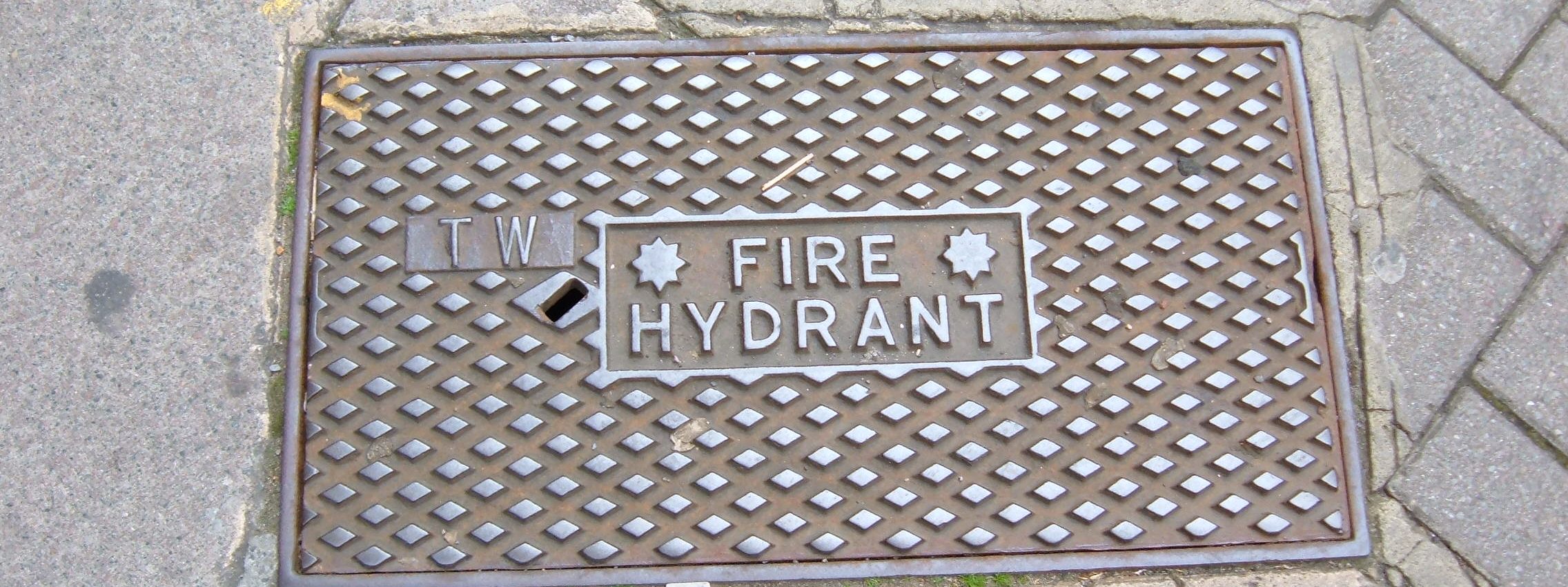Fire hydrant flow testing
Fire hydrant flow testing provides important field information to water service planners and fire services so they can accurately estimate the capabilities of water mains. Testing uncovers any mechanical problems. Hydrants are tested, inspected and maintained to the requirements of BS 9990 and section 57 of the water industries Act 1991.
The services we deliver
Visual Inspection
We check:
- Hydrant frame
- Cover
- Surface surrounding the hydrant
- Indicator plate
- Age
- Location
- Material
Wet Pressure Test
This involves fitting a standpipe to the outlet, partially opening the valve to allow a small amount of water to flow. A blank cap is fitted in the standpipe head and the hydrant fully opened. Whilst under pressure, all joints are to be visually inspected for signs of leakage. Leaks that would impair the hydrant for fire-fighting purposes or cause a hazard will be reported immediately.
Static Pressure Test
The static pressure test is conducted by attaching a static pressure assembly to the standpipe with the vent cock open. The hydrant is opened, and the vent cock is closed when the standpipe is free of air. A pressure reading will be taken. The hydrant is closed, and the vent cock is opened to release the pressure before removing the standpipe assembly.
Flow Test
Before attaching the flow tube to the hydrant standpipe, the main be flushed for a short period of time (approximately one minute) to clear any debris which may cause damage to the flow sensor. After flushing, the flow tube is attached to the standpipe and the hydrant valve is fully opened. The digital display is left to settle before any readings are taken.
FIRE HYDRANT FACTS





